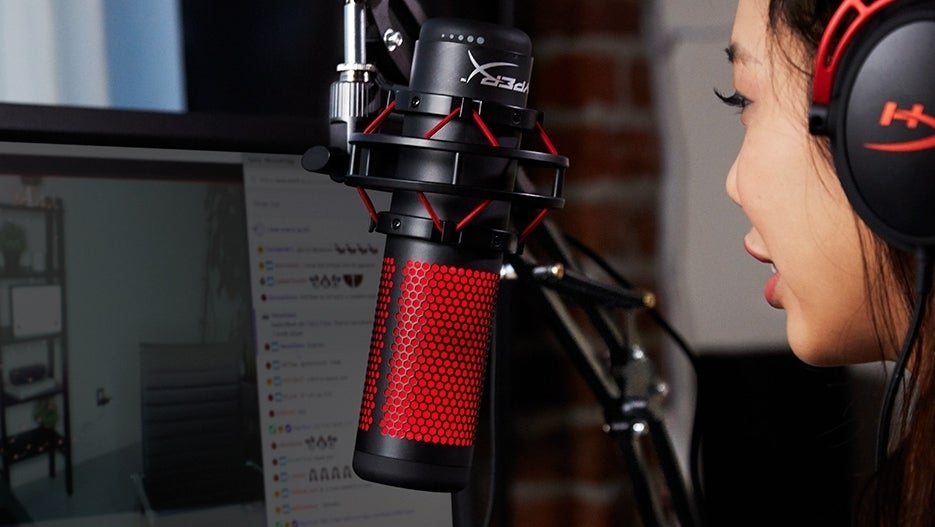Creating professional recordings from the comfort of your home has never been more accessible. Whether you’re a musician, podcaster, or voice-over artist, choosing the right microphone can significantly elevate the quality of your audio. High-end studio microphones often come with a steep price tag, but there are numerous affordable options on the market that can deliver closely competitive sound clarity. This article explores some of the best microphones that can help you achieve studio-quality recordings without the need for a professional studio setup.
Dynamic Microphones
Dynamic microphones are known for their durability and ability to handle high sound pressure levels, making them ideal for recording loud sources like drums and guitar amps.
Shure SM7B
A standout in the dynamic microphone category is the Shure SM7B. Favored for its flat, wide-range frequency response, it’s a prime choice for both musical and spoken word applications. Its internal shock isolation effectively reduces background noise, while a built-in pop filter catches plosives. The SM7B is a staple in many radio stations and recording studios for its reliability and performance.
Audio-Technica ATR2100x-USB
For those who require versatility, the Audio-Technica ATR2100x-USB offers both XLR and USB outputs, accommodating both traditional mixing boards and direct computer input. Its cardioid polar pattern isolates the sound source, and the quality it provides at its price point makes it an excellent option for beginners looking to record at home.
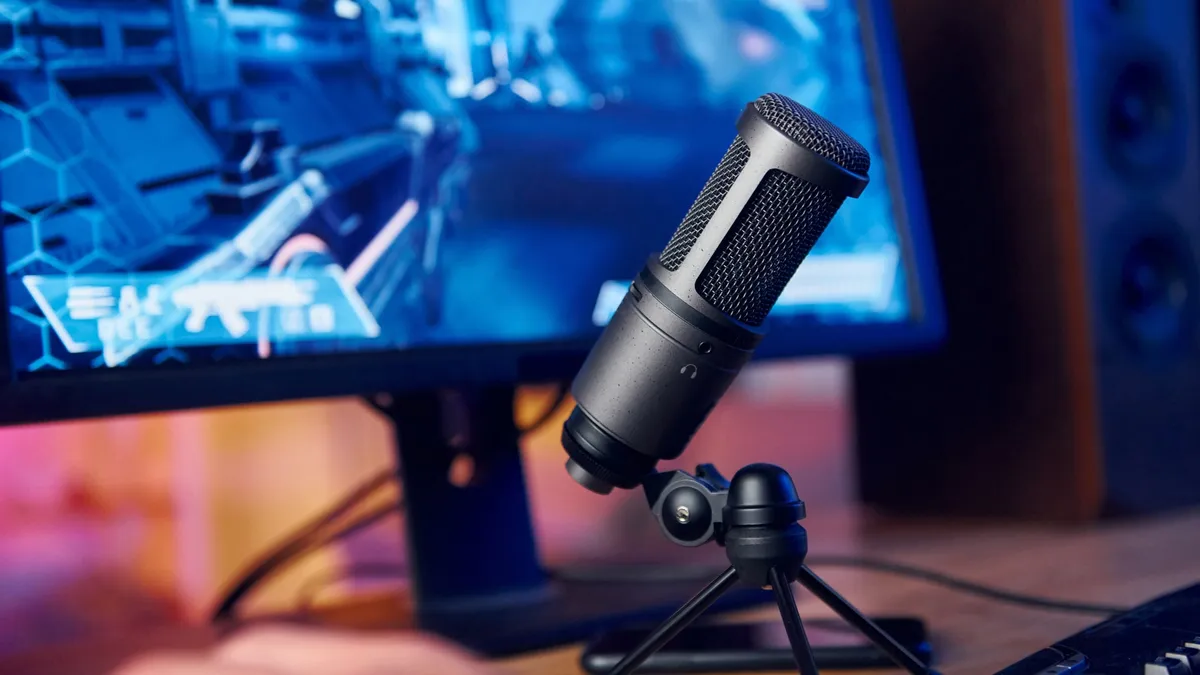
Condenser Microphones
Condenser microphones offer a broader frequency response and higher sensitivity compared to dynamic microphones, ideal for capturing vocal nuances and acoustic instruments.
Rode NT1-A
One of the quietest microphones in the world due to its low self-noise, the Rode NT1-A captures pristine sound, making it a favorite among vocalists and voice-over artists. Its clarity and warmth are comparable to microphones that are much more expensive, offering a high-value option for home recording enthusiasts.
Blue Yeti
The Blue Yeti has gained fame among podcasters and streamers for its ease of use and good sound quality. This USB mic features multiple pattern settings—cardioid, bidirectional, omnidirectional, and stereo—making it extremely flexible for various recording scenarios at home. Plug-and-play compatibility with computers means no additional equipment is needed, allowing for a straightforward setup.
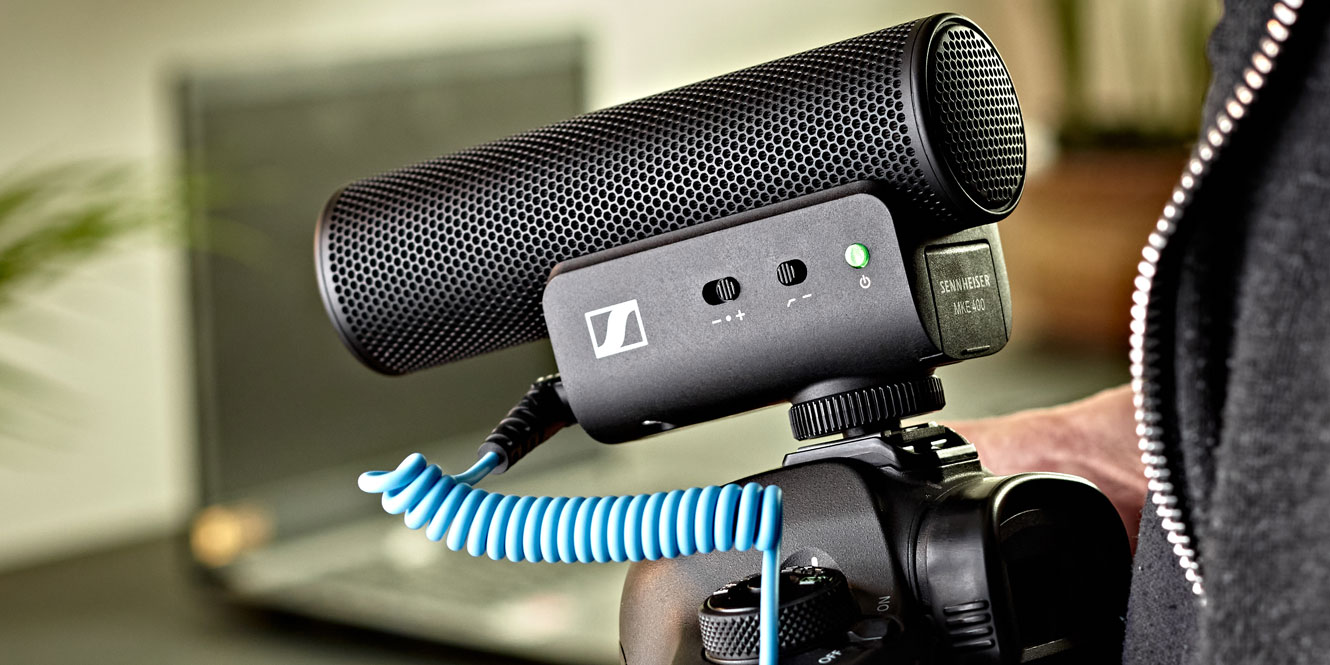
USB Microphones
USB microphones are a practical solution for uncomplicated home recording setups, especially when working within a budget or dealing with limited space.
Audio-Technica AT2020USB+
The AT2020USB+ is a powerful microphone that delivers studio-quality articulation and intelligibility. Its built-in headphone jack allows for real-time monitoring, and the mix control lets you blend your microphone signal with pre-recorded audio. It’s easy to set up and use, ideal for on-the-go recording or streamlining your home studio.
Samson Meteor Mic
The Samson Meteor Mic offers a great recording solution for those on a tight budget. Despite its smaller size, this microphone doesn’t compromise on sound quality and features a large diaphragm for a rich recording. Its fold-back leg design makes it ideal for space-constrained recording environments, and it’s compatible with most recording software right out of the box.
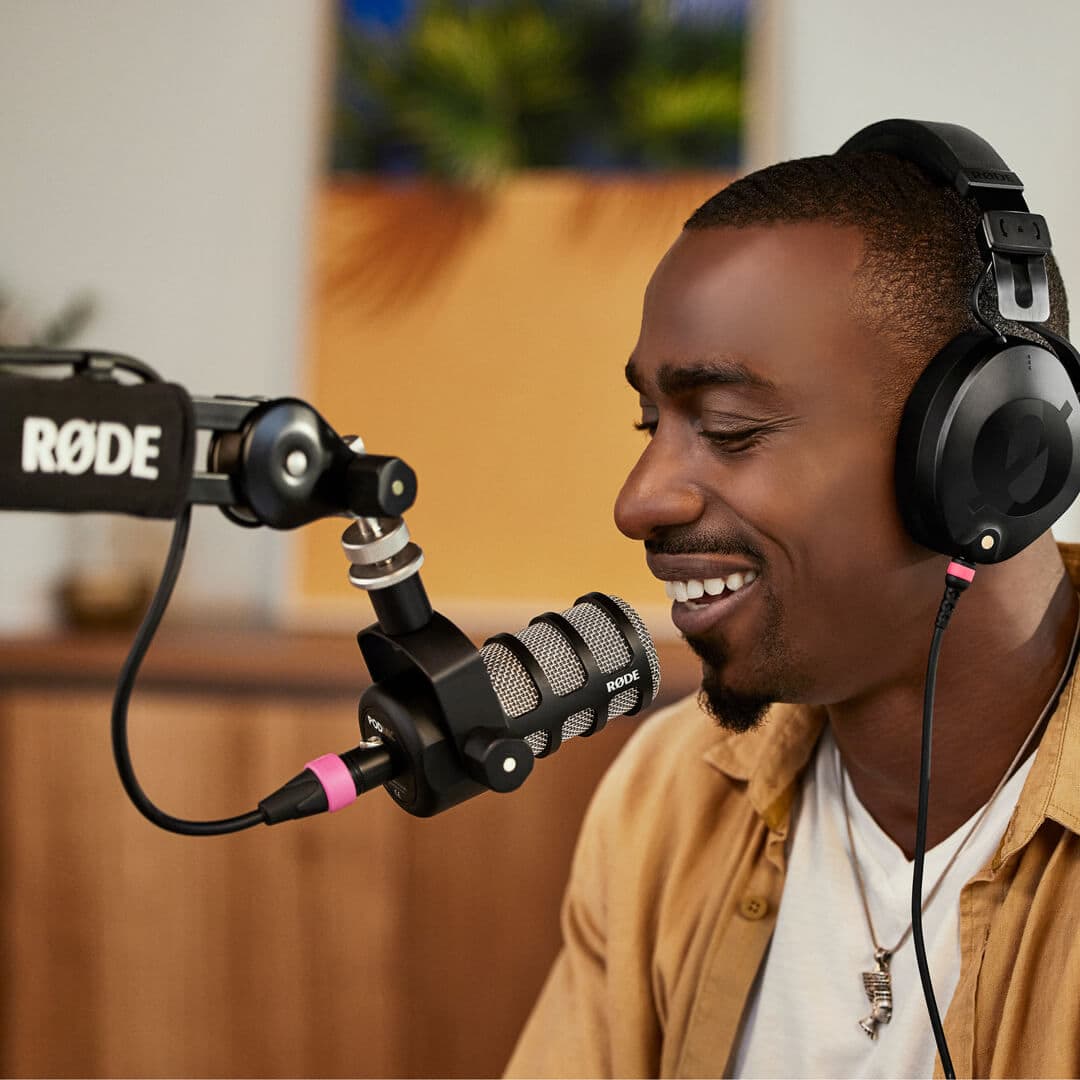
Top Microphone Accessories
Enhancements through accessories can help you achieve an even higher quality sound.
Pop Filters and Shock Mounts
For clarity and a pop-free recording, investing in a pop filter is essential. Shock mounts are equally important as they isolate the microphone from vibrations and handling noise. These accessories can make a significant impact on recording quality and are available at various price points to match your mic selection.
Acoustic Treatment
Soundproofing and acoustic treatment can improve your home recordings dramatically. Implementing items like acoustic panels or foam can eliminate echoes and reverb, offering a cleaner and more professional sound output.
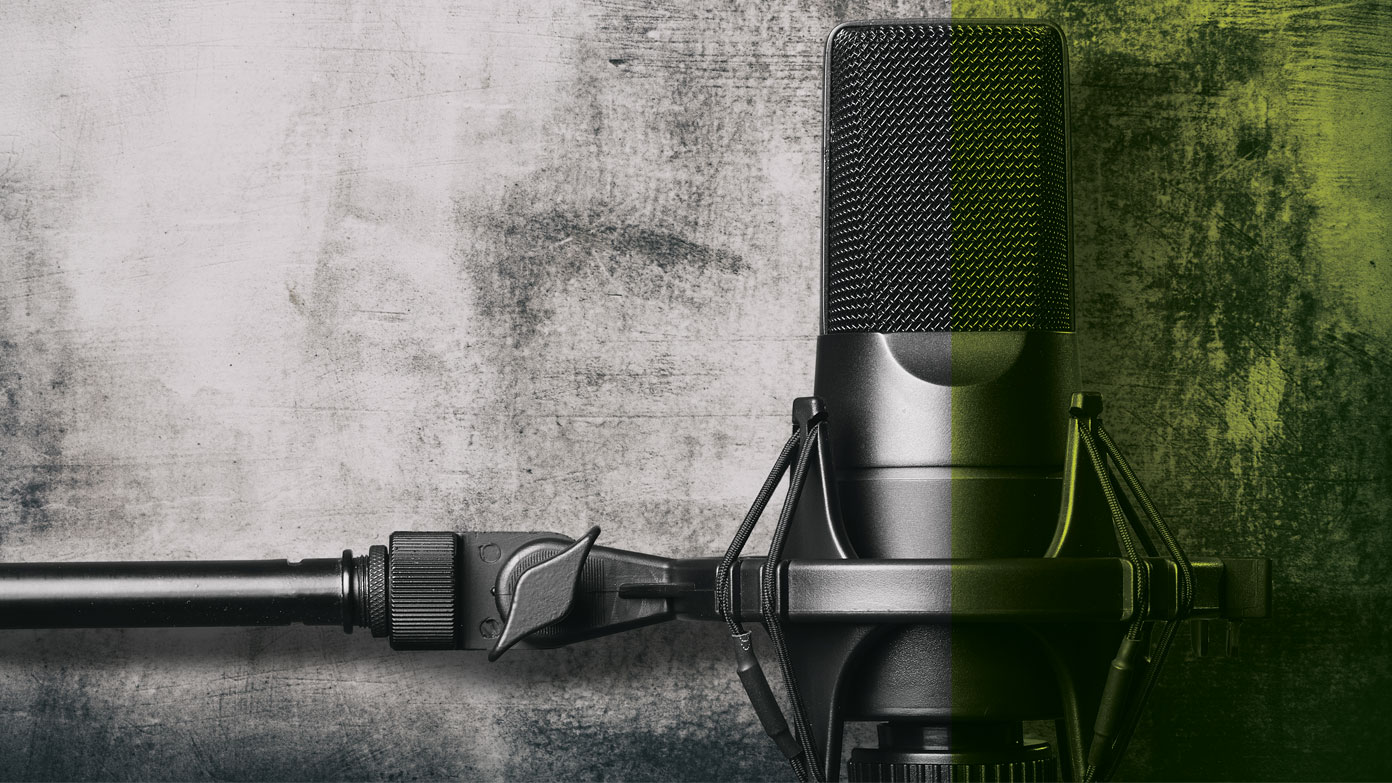
Investing in a High-Quality Interface
High-quality audio isn’t just about the microphone; the interface it connects to can profoundly affect your sound.
Choosing the Right Audio Interface
When recording at home, it’s crucial to have an audio interface that can accurately convert microphone signals into digital data. Look for interfaces with low noise levels and high bit depth and sample rate specs. Interfaces like the Focusrite Scarlett series provide superior preamps that ensure the detail and warmth of the microphone carry through to the final recording.
Interface-Mic Compatibility
Ensure your chosen interface has compatible inputs for your microphone. XLR inputs are a must for most studio condenser or dynamic mics, while USB mics will bypass the interface entirely. Also, verify that the interface you choose can supply phantom power if your condenser microphone requires it.
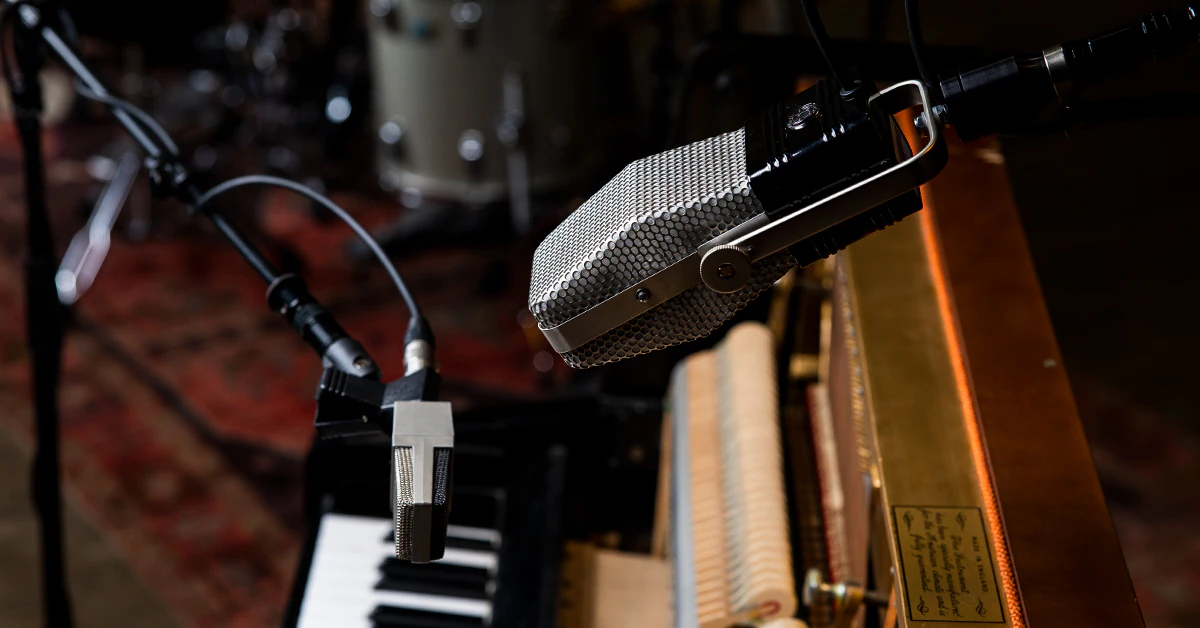
Microphone Technique
The way you use your microphone can be as important as the equipment itself.
Understanding Microphone Polar Patterns
Each microphone picks up sound differently based on its polar pattern. Learn your microphone’s pattern and position your sound source accordingly. For example, if you’re using a cardioid mic, ensure your audio source is directly in front of the microphone for the best pick-up and minimal background noise.
Proximity and Positioning
Experiment with the distance and angle between you and the microphone. Closer proximity usually results in a warmer sound with more bass presence, a phenomenon known as the proximity effect. However, too close, and you risk distortion or an imbalance in the sound, so find the sweet spot for your particular voice or instrument.
Maintaining Your Microphone
Your microphone will only perform its best if it’s well maintained.
Regular Cleaning
Dust and moisture can degrade your microphone’s performance over time. Regularly wiping your mic with a clean, dry cloth and storing it in a moisture-free environment can help prevent buildup that might affect sound quality.
Safe Storage
When not in use, keep your microphone in a protective case or cover to shield it from potential damage. Avoid exposing your mic to extreme temperatures, which can cause permanent damage to sensitive components.
By selecting the right microphone and accompanying accessories, achieving studio-quality recording at home can be highly reachable while staying within budget. Consider the space you’re recording in, the type of work you’re producing, and the specific features you’ll require from a microphone. With the right setup, your home recordings can stand shoulder to shoulder with those produced in a studio environment, making your creative endeavors boundlessly more professional and polished.
